
Metaverse Retail Store
Metaverse Retail Store Case Study
Our Clients












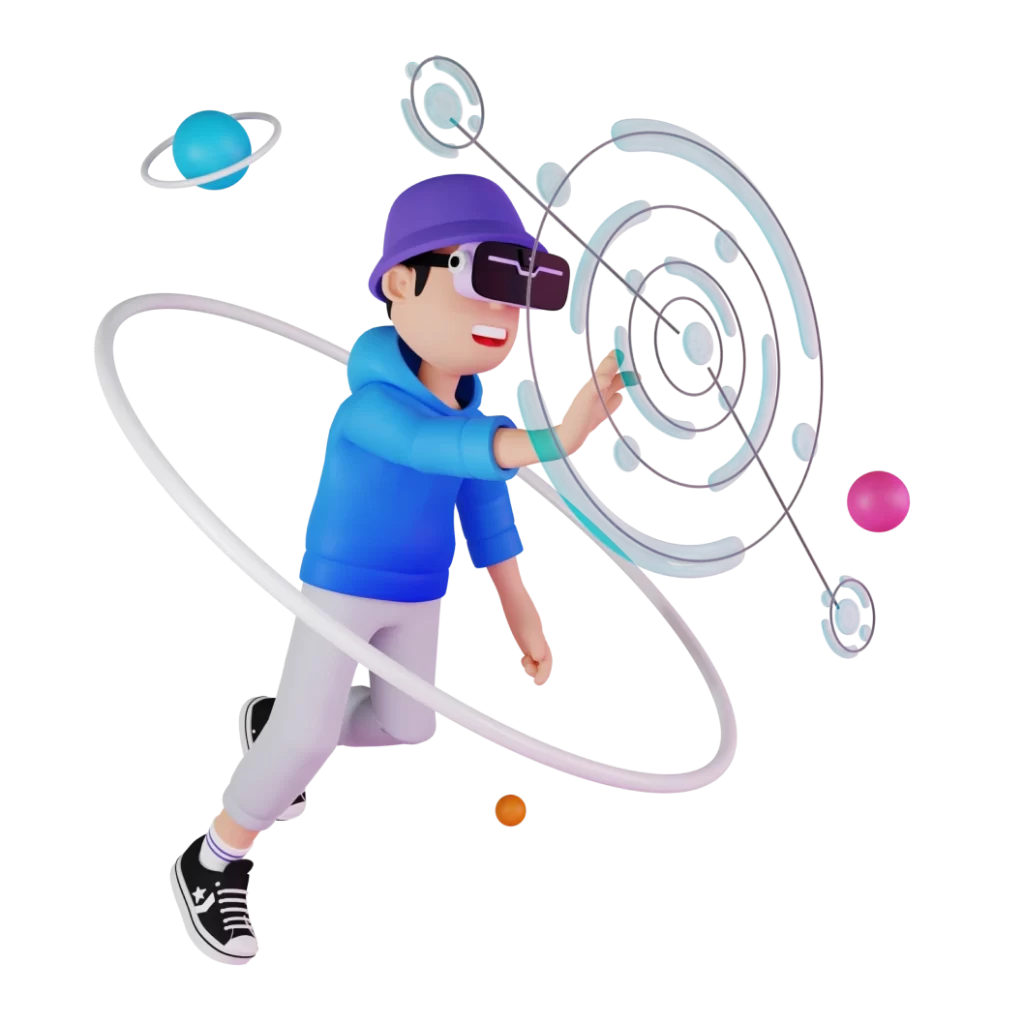
Problem Statement:
Our client wanted a metaverse store for their business as they faced the challenge of limited customer engagement and declining footfall in physical stores, exacerbated by the pandemic. The challenge was to develop a cutting-edge metaverse retail store with a comprehensive feature set. The client's vision encompassed virtual try-on, personalized recommendations, social interactions, and seamless ordering experiences. Our task was to overcome these intricacies and deliver a cutting-edge solution, ensuring a user-friendly interface and immersive shopping environment.
Proposed Solution:
Project Goals
01
Enhance Customer Engagement:
Elevate customer engagement through immersive experiences, increasing dwell time, interactions, and satisfaction.
02
Establish Brand Differentiation:
Position the brand as an innovative leader, attracting new customers and fostering loyalty through cutting-edge metaverse retail experiences.
03
Drive Online Sales:
Optimize conversion rates and revenue by leveraging interactive features, personalized recommendations, and seamless transactions.
Tools Used

Rust

Solidity

Web3.js

Python
Development Process

Discover

Define

Ideate

Design

Develop

Test

Launch
Discover Phase
Competitive Analysis
- 1. Identify metaverse retail competitors
- 2. Analyze store offerings and environments
- 3. Evaluate strengths, weaknesses, SWOT
- 4. Examine customer Engagement, pricing.
- 5. Assess VR, AR, blockchain integration.
- 6. Identify gaps, differentiation opportunities.
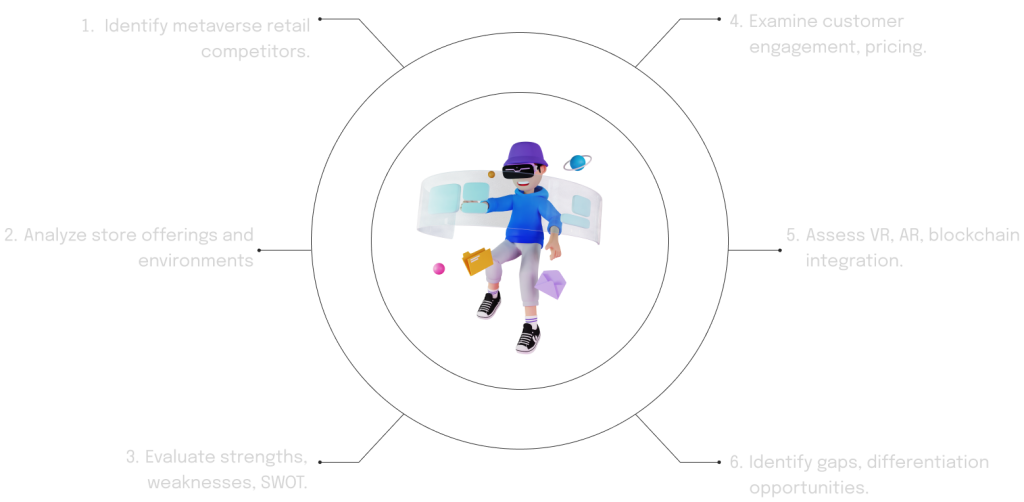
User Persona

 Sarah Johnson
Sarah Johnson
Age: 32
Occupation: Marketing Manager
Location: New York City
Archetype: Tech-Savvy Professiona
Sarah Johnson seeks a metaverse retail solution to boost online sales, customer engagement, and brand reputation in the competitive fashion retail industry.
 Bio
Bio
 Goals
Goals
- Increase online sales and customer conversion rates.
- Improve customer engagement and brand loyalty.
- Stay ahead of competitors by adopting cutting-edge technologies.
- Enhance the brand's reputation as an innovative and tech-savvy retailer.
 Frustrations
Frustrations
- Limited customer engagement with the brand's online store.
- Difficulty in standing out in a highly competitive online retail landscape.
- Inability to provide a personalized and immersive shopping experience.
- Declining online sales and conversion rates.
 Motivations
Motivations
- Adoption of metaverse retail to differentiate the brand
- Providing an interactive shopping experience .
- Leveraging virtual reality and augmented reality
- Increasing online sales and conversion rates

 David Patel
David Patel
Age: 40
Occupation: Small Business Owner
Location: London
Archetype: Entrepreneurial Shopkeeper
David Patel seeks a metaverse retail solution to expand his customer base and drive sales for his boutique of handmade crafts and accessories.
 Bio
Bio
 Goals
Goals
- Expand customer base and reach a wider audience.
- Differentiate the boutique by offering a personalized and immersive shopping experience.
- Increase sales and revenue to sustain and grow the business.
- Build customer loyalty and create a strong brand reputation.
 Frustrations
Frustrations
- Limited foot traffic and declining sales in the physical store.
- Inability to provide a personalized shopping experience to online customers.
- Difficulty in standing out among large retail chains and e-commerce giants.
- Budget constraints for adopting expensive technologies.
 Motivations
Motivations
- Create a unique and immersive shopping experience.
- Connecting with customers
- Attracting a global customer base
- Increasing sales and revenue
Ideate Phase
User Flow
Visual Identification
 Font Used
Font Used

ABCDEFGHIJKLMNOPQRSTUVWXYZ
ABCDEFGHIJKLMNOPQRSTUVWXYZ
1234567890
Epilogue Bold
Epilogue Regular
Epilogue Medium
Epilogue Light
 Color Used
Color Used

#FF87EC

#FA02D6

#2463E0

#FFFFFF

#03D9C2
Design Phase

Captivating Design:
Crafting Visually Stunning and Intuitive User
Interfaces for the Metaverse Retail Store

Seamless Navigation:
Guiding Shoppers with Ease through the
Metaverse Retail Experience

Immersive Platform Features:
Elevating the Shopping Experience with
Virtual Reality, Augmented Reality, and
Personalized Recommendations
Information Architecture
User Authentication
Login/Signup
Account Management
Profile Settings
Virtual Environment
Virtual Storefront
Sections and Categories
Product Showcases
Interactive Product Exploration
Product Management
Product Catalog
Product Details and Descriptions
Inventory Management
Pricing and Discounts
Virtual Try-on
Augmented Reality (AR) Integration
Virtual Fitting Room
Virtual Accessories Try-on
Personalization
User Preferences
Personalized Recommendations
Wishlists and Favorites
Product Ratings and Reviews
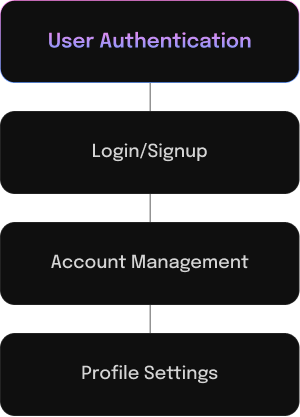
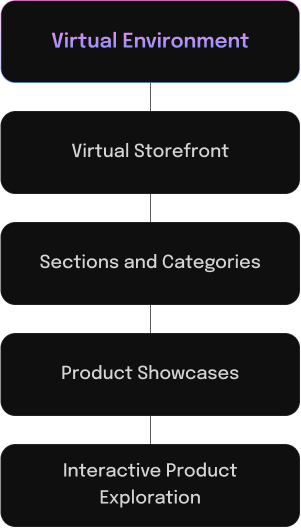
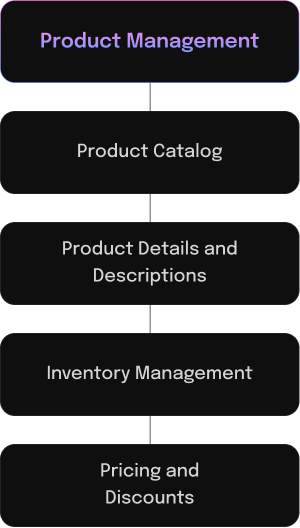
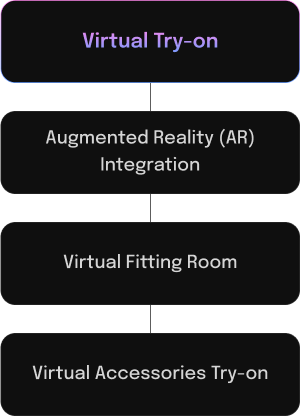
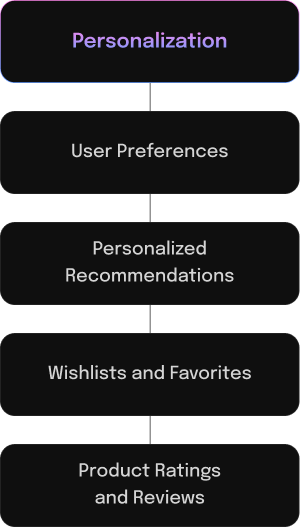
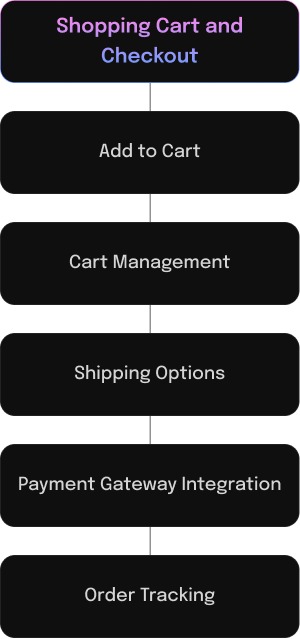
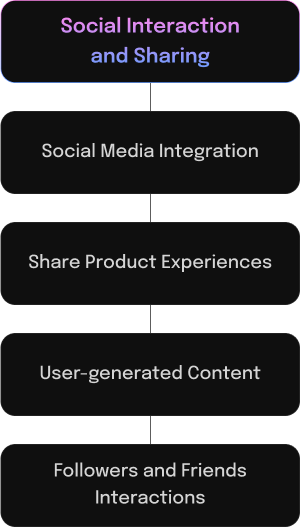
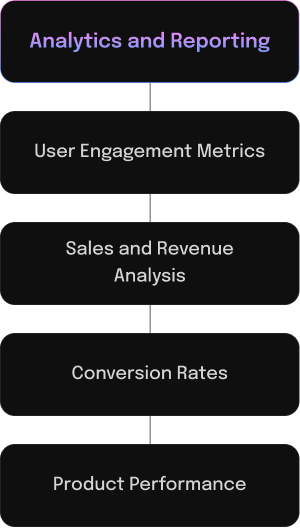
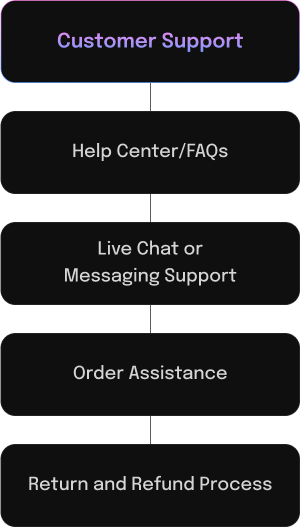
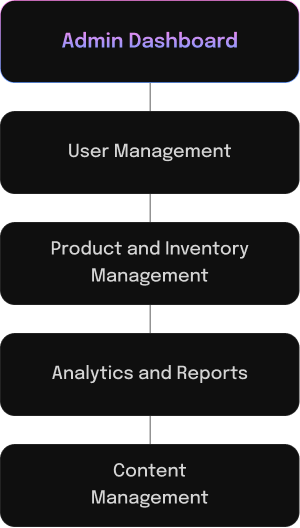

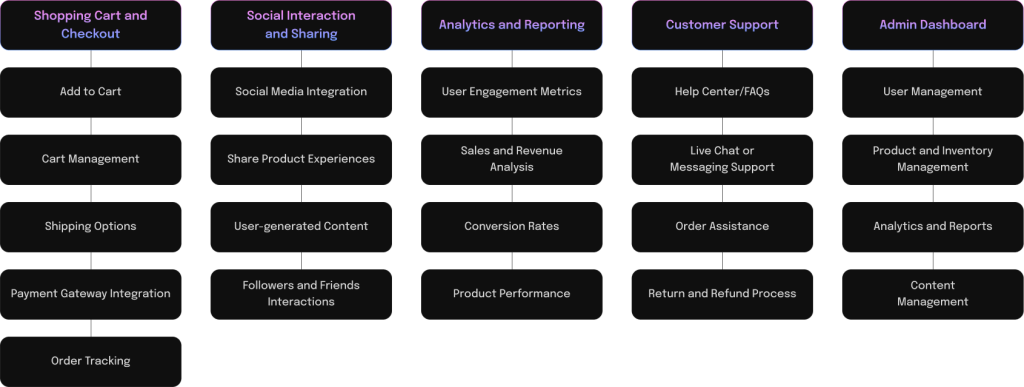
Hi-Fi Design
Virtual Try-On:
Step into the Future with Immersive Virtual Try-On Experiences
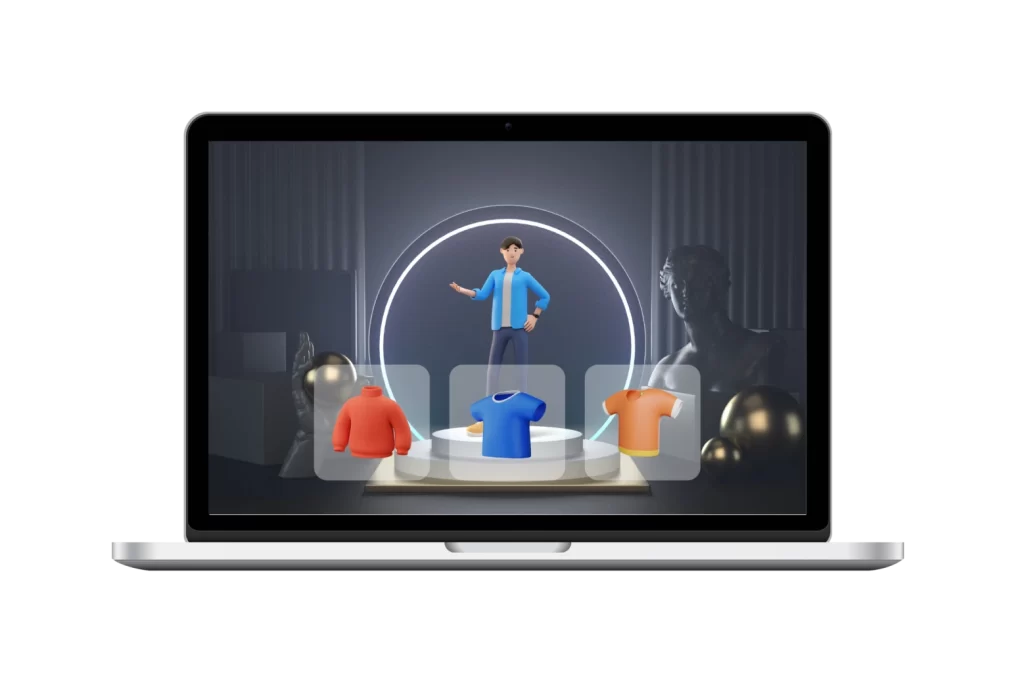
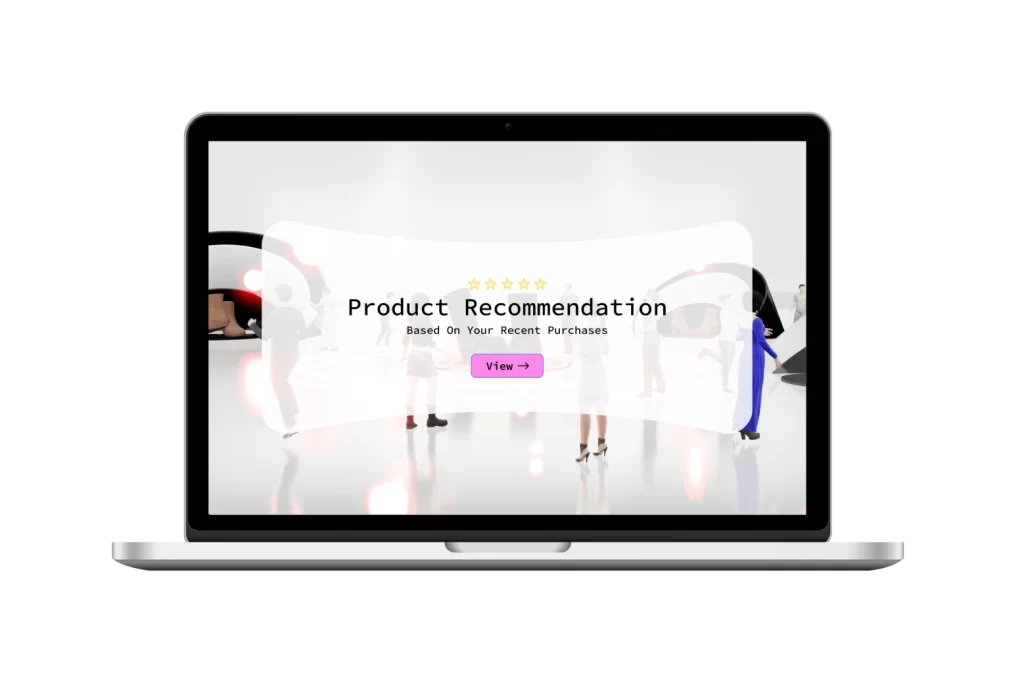
Personalized Recommendations:
Discover Your Perfect Match with Tailored Product Recommendations
The platform utilizes advanced algorithms to analyze user preferences and browsing behavior, providing personalized product recommendations. Users can explore curated collections and find items that align with their unique tastes and interests.
Interactive Product Showcases:
Immerse Yourself in Captivating Product Experiences
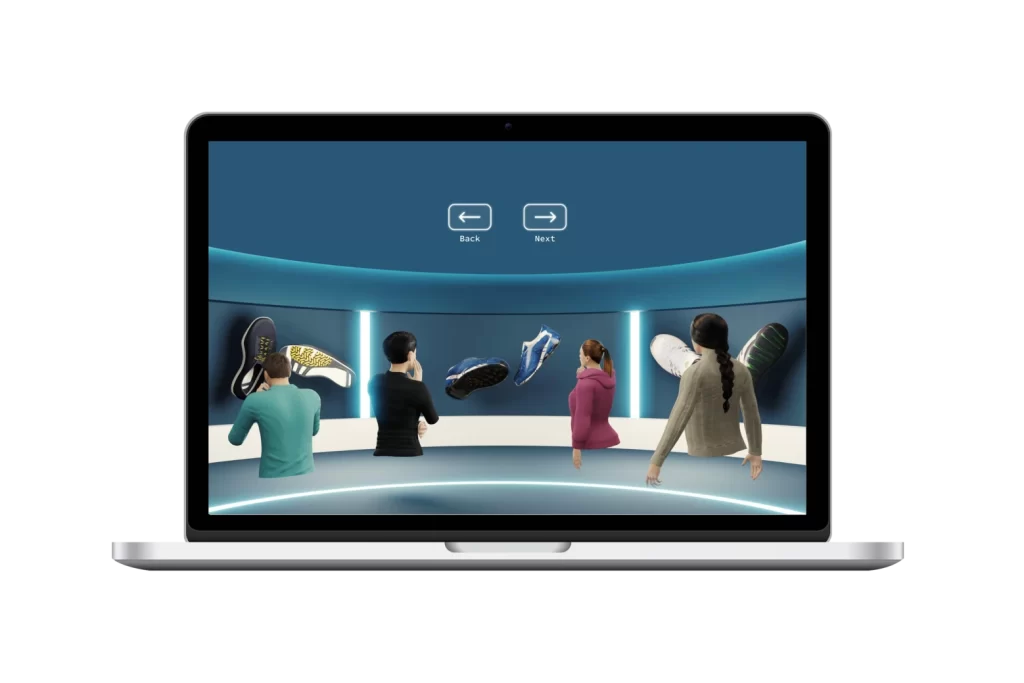
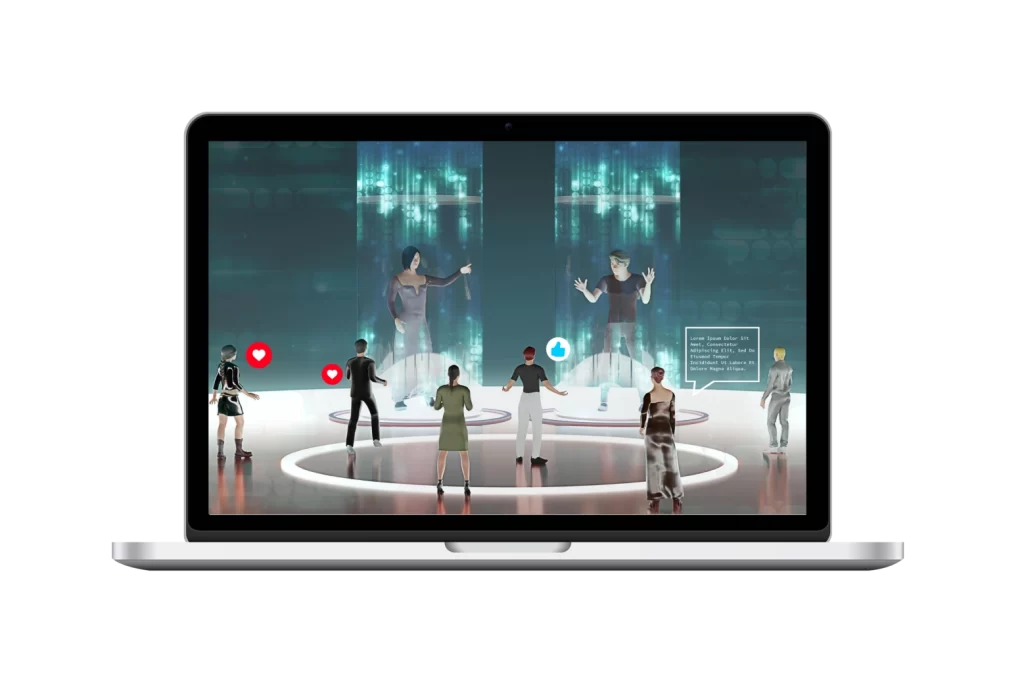
Social Interactions:
Connect with Like-minded Shoppers and Fashion Enthusiasts
Test Phase
Usability Tests and Results
360-Degree View Test:
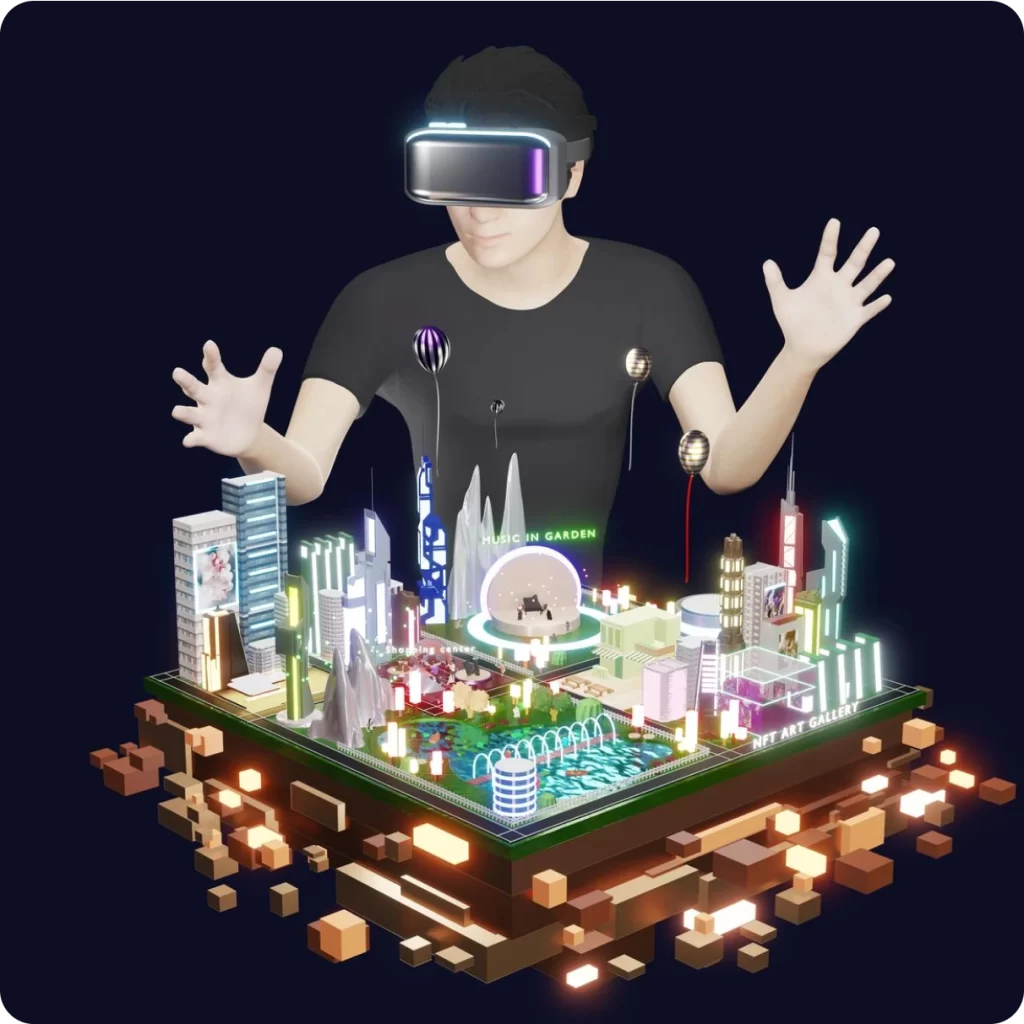
Objective:
Method:
A sample of users was selected to interact with products that supported the 360-degree view. Their interactions were observed, and feedback was gathered regarding the ease of use, intuitiveness, and overall experience of exploring the product from different angles.
Results:
Product Ordering Test:
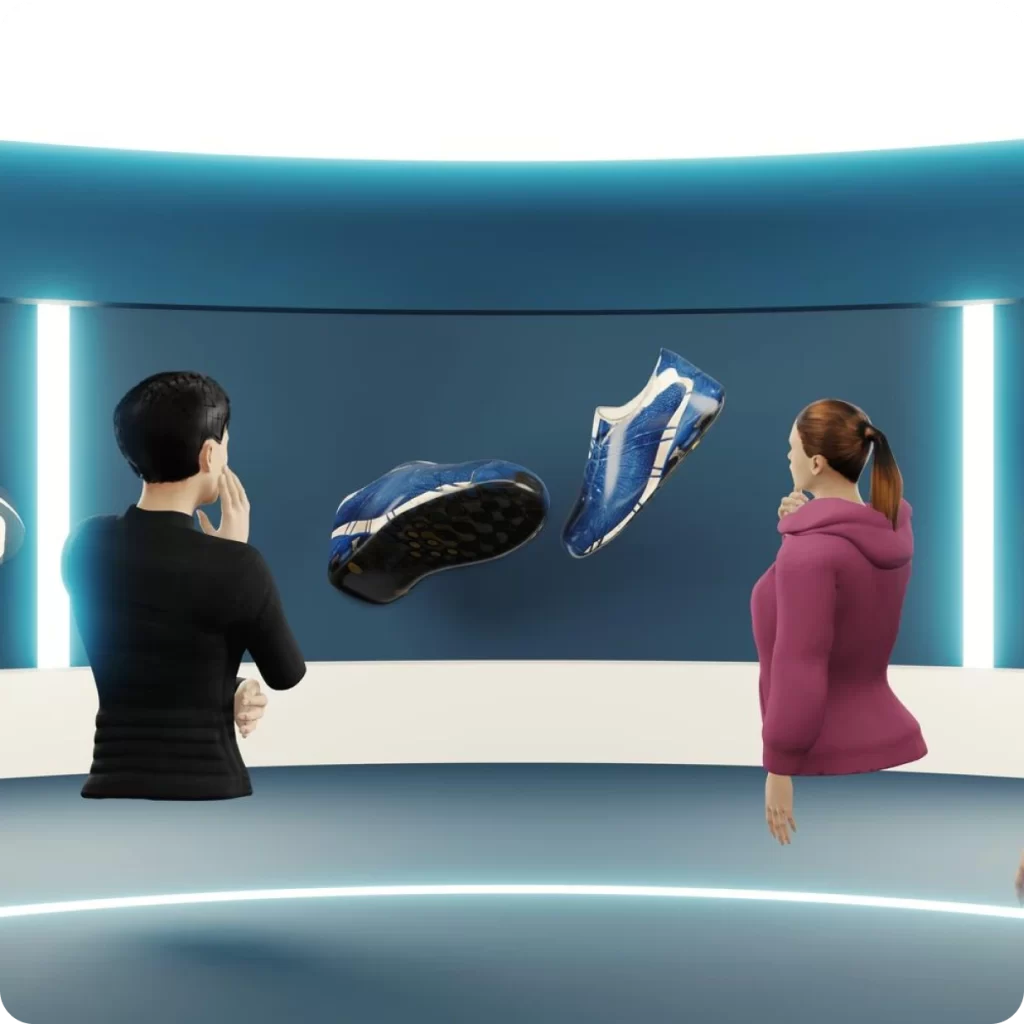
Objective:
Method:
Results:
VR Store Visit Test:
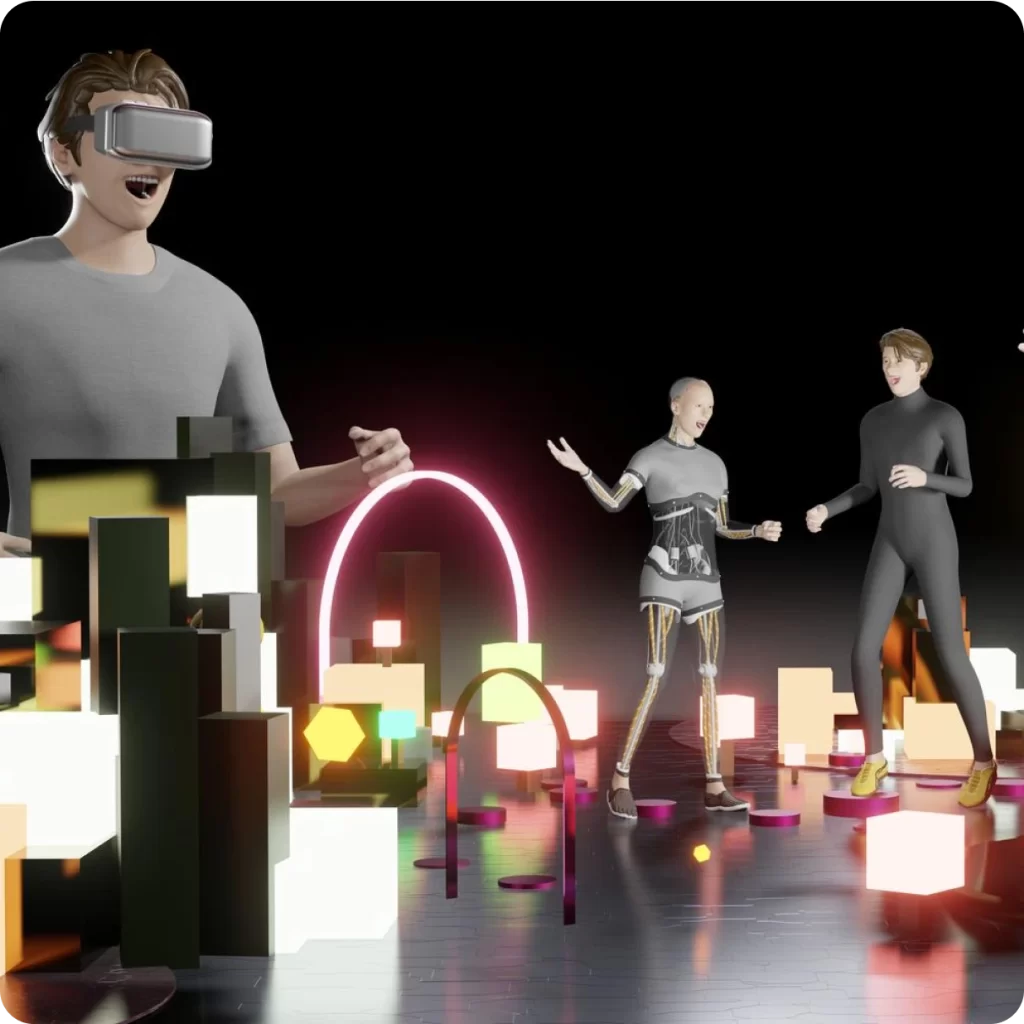
Objective:
Method:
Results:
Final Solution
Before
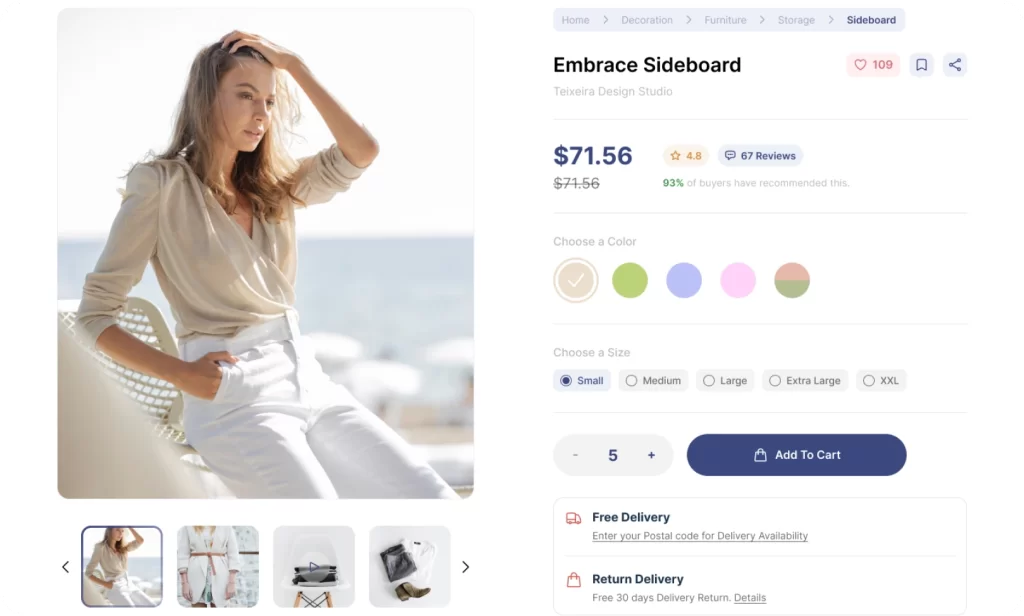
After
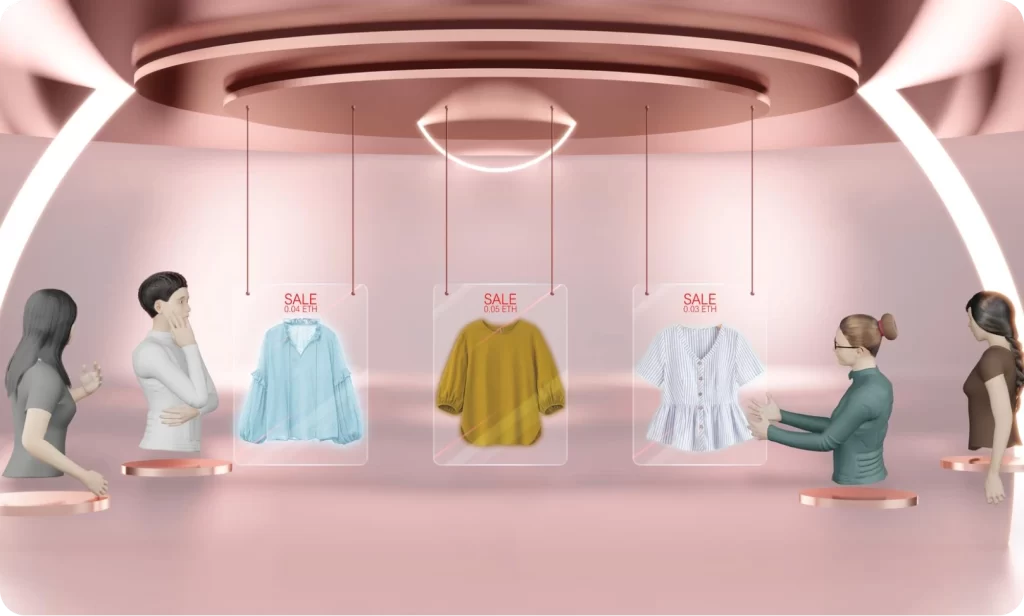
Contact Us
- SCF 98, Phase 11, Sector-67 Mohali, 160062
- 651 B Broad St, Middletown, 19709, county New Castle Delaware, USA
- [email protected]
- (+1) 628 432 4305
HR contact details
Follow us on

Idea Usher is a pioneering IT company with a definite set of services and solutions. We aim at providing impeccable services to our clients and establishing a reliable relationship.
Our Partners
Contact Us
- SCF 98, Phase 11, Sector-67 Mohali, 160062
- 651 B Broad St, Middletown, 19709, county New Castle Delaware, USA
Follow us on

Idea Usher is a pioneering IT company with a definite set of services and solutions. We aim at providing impeccable services to our clients and establishing a reliable relationship.





